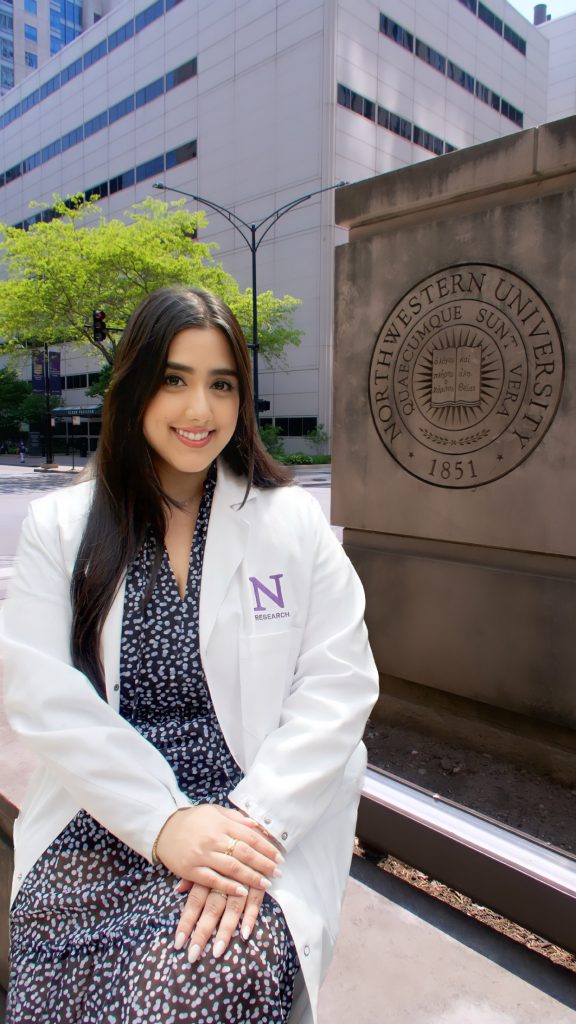Current members:
Dr. G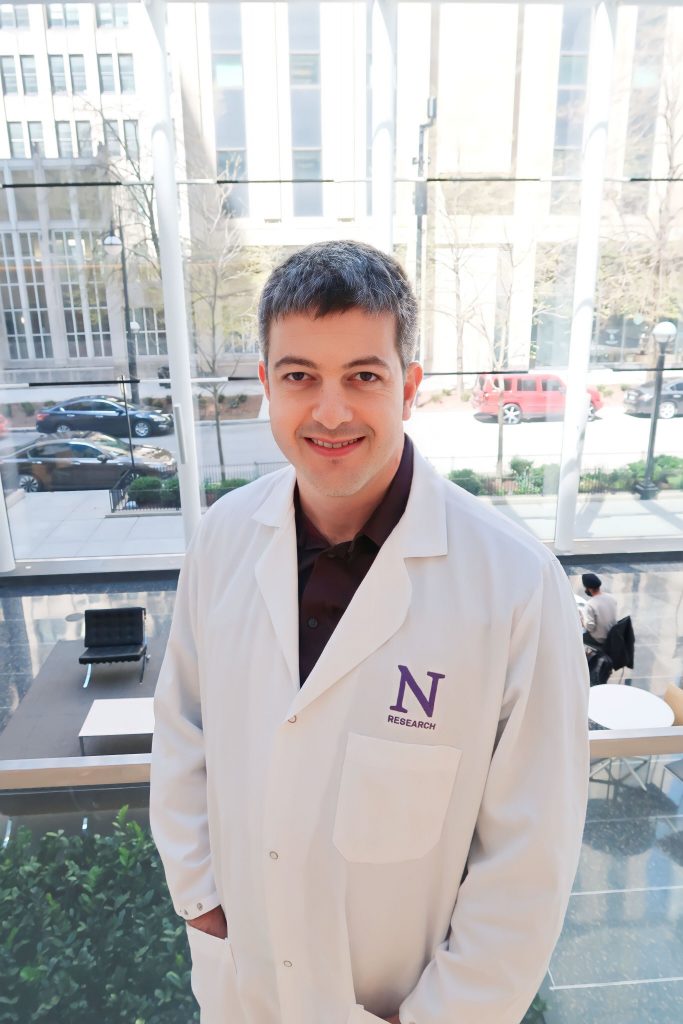 regory W. Schwartz, Ph.D. regory W. Schwartz, Ph.D.Derrick T. Vail Associate Professor Principal Investigator Greg.Schwartz@northwestern.edu (312) 503-7503 I am fascinated by how retinal circuits perform visual computations. Our lab seeks to understand visual computation at levels from neuronal biophysics up to behavior. We also work on several diseases affecting the retina, and we collaborate with engineers to design new camera sensors inspired by the retina. Supporting the development of the next generation of scientists is my passion and my most important role. |
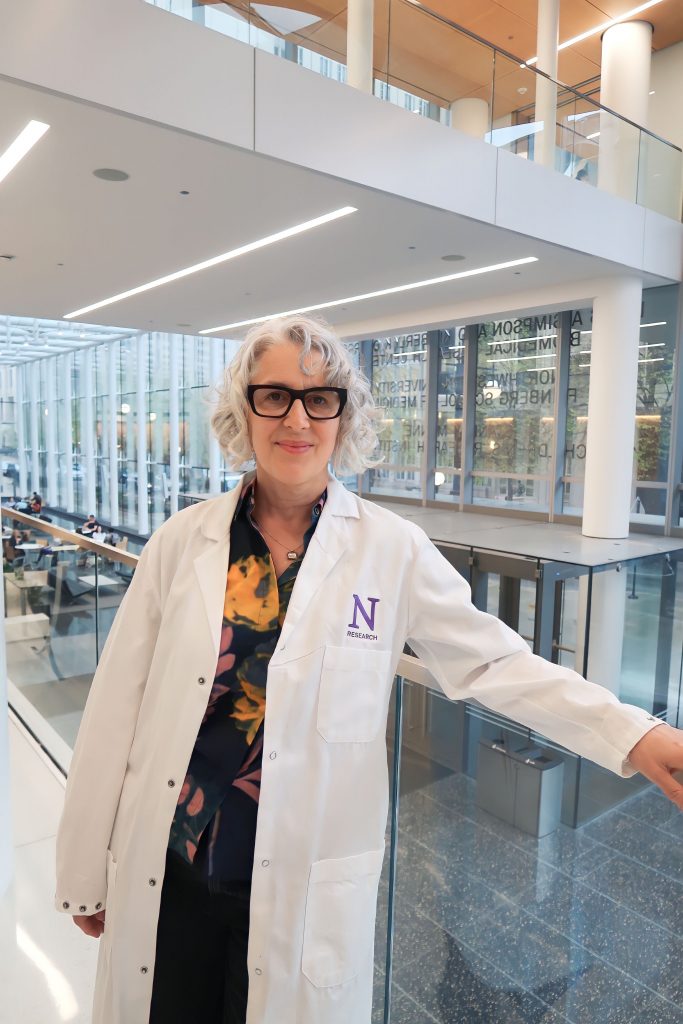 Susan Wohlgenant Susan WohlgenantLab Manager Susan.Wohlgenant@northwestern.edu (312) 503-0857 |
|
Post-Baccalaureate Research Technician
Clinical treatment of Diabetic Retinopathy (DR) requires new therapeutic approaches based on a more thorough understanding of its early-stage retinal neuropathology. While basic research has pointed to several possible molecular targets, there is currently no sensitive screening platform in an animal model to measure retinal dysfunction in DR or its possible rescue by experimental compounds. I will meet this need by developing a new preparation with my subject. Critically, this preparation will allow me to measure and manipulate blood glucose and oxygen, and to deliver drugs through the vascular system over hours or even days, all while monitoring the actual neural signals responsible for vision. |
|
Postdoctoral Fellow
|
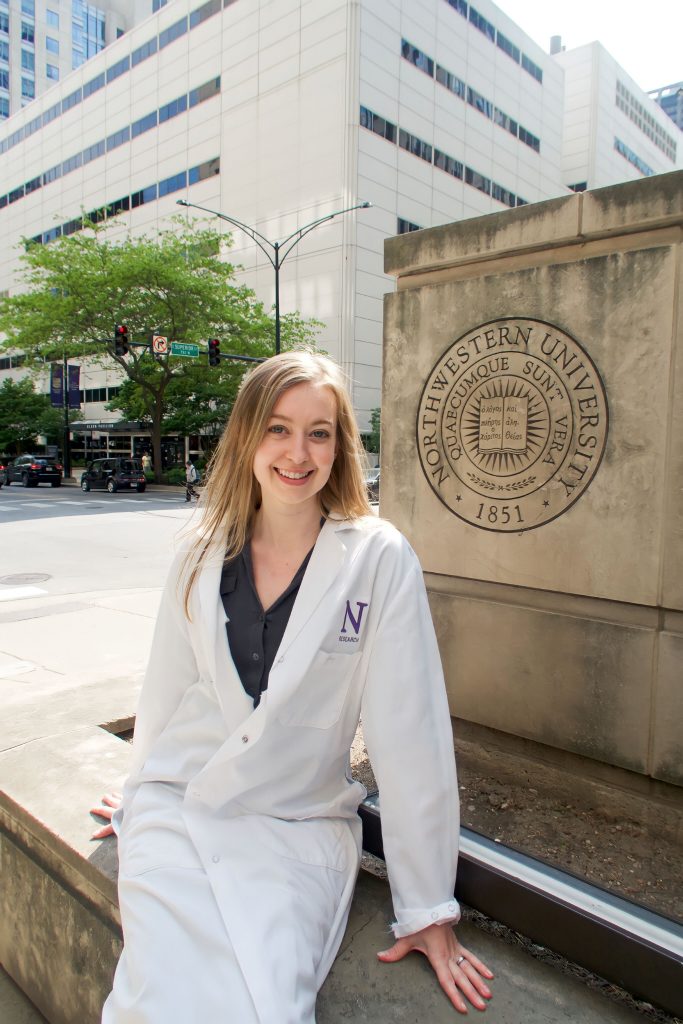 Devon Greer Devon GreerGraduate Student GreerD@u.northwestern.edu Direct retinal projections to the brain innervate an extensive number of brain areas. Identifying the functional selectivity RGCs projecting to the amygdala would provide crucial insights into the role of visual input into related behaviors. Thus, I am exploring the RGC subtypes and visual cues that may drive amygdala-related social behavior. |
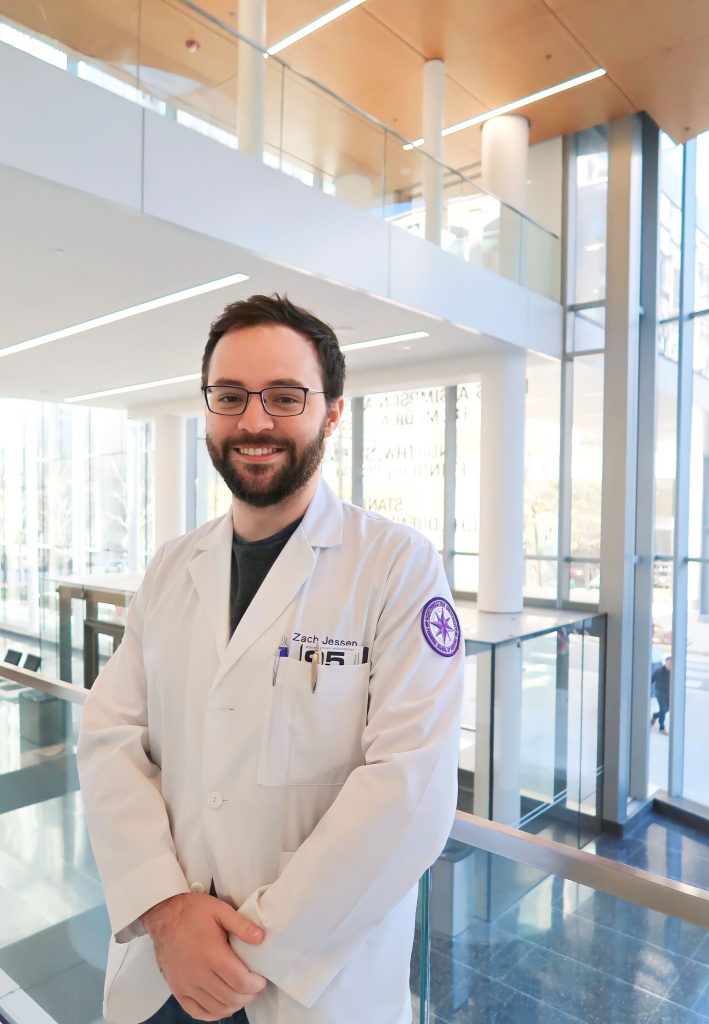 Zachary Jessen Zachary JessenMD-PhD Student Z-Jessen@northwestern.edu I am interested in describing neural computations in the retina as they relate to health and disease. My main focus is on using calcium imaging and biophysical models to understand retinal neurovascular coupling and how it may be perturbed in diabetic retinopathy. Other projects with which I am or have been involved include modeling the circuit dynamics of the nNOS-2 amacrine cell, modeling the statistical properties of bipolar cell-to-RGC neurotransmission, and using our knowledge of RGC typology to improve retinal prostheses. |
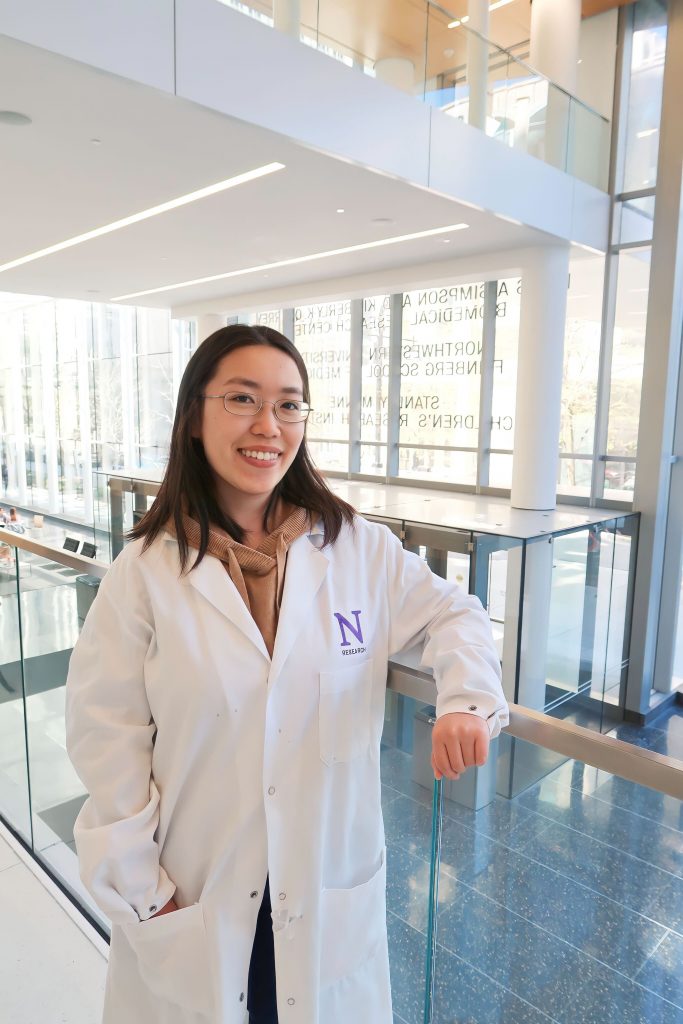 Xin Zhang Xin ZhangGraduate Student XinZhang2020@u.northwestern.edu Retinal ganglion cells project to various downstream brain regions. I am interested in characterizing the less-known projections. What is their involvement in naturalistic behavior, such as food-seeking? And what information do those projections transmit? My research methods combine circuit tracing, behavior analysis, and ex vivo electrophysiology. |
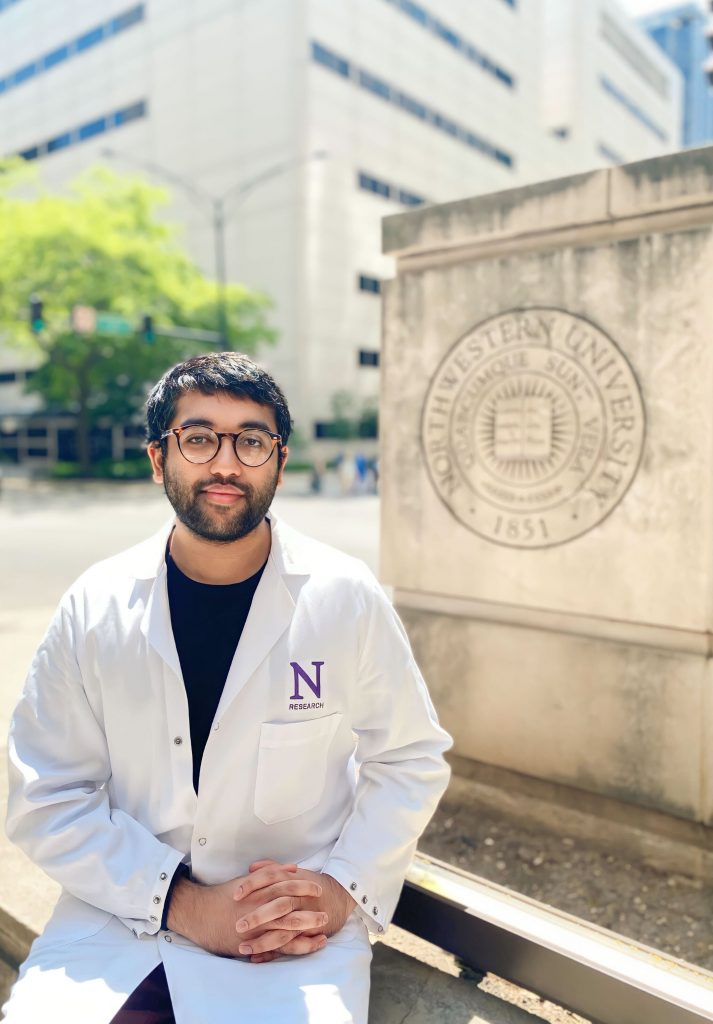 Agniva Sinha Agniva SinhaMaster’s Student AgnivaSinha2023@u.northwestern.edu I am working on characterizing the intrinsic electrical properties of displaced amacrine cells. Using responses to current injections and different stimulus presentations (spots multi size, drifting grating, moving bar) I am attempting to classify/group cells together. Electrophysiological data is collected in current clamp mode and is compared with qualitative and general assessments of displaced amacrine cells morphology. |
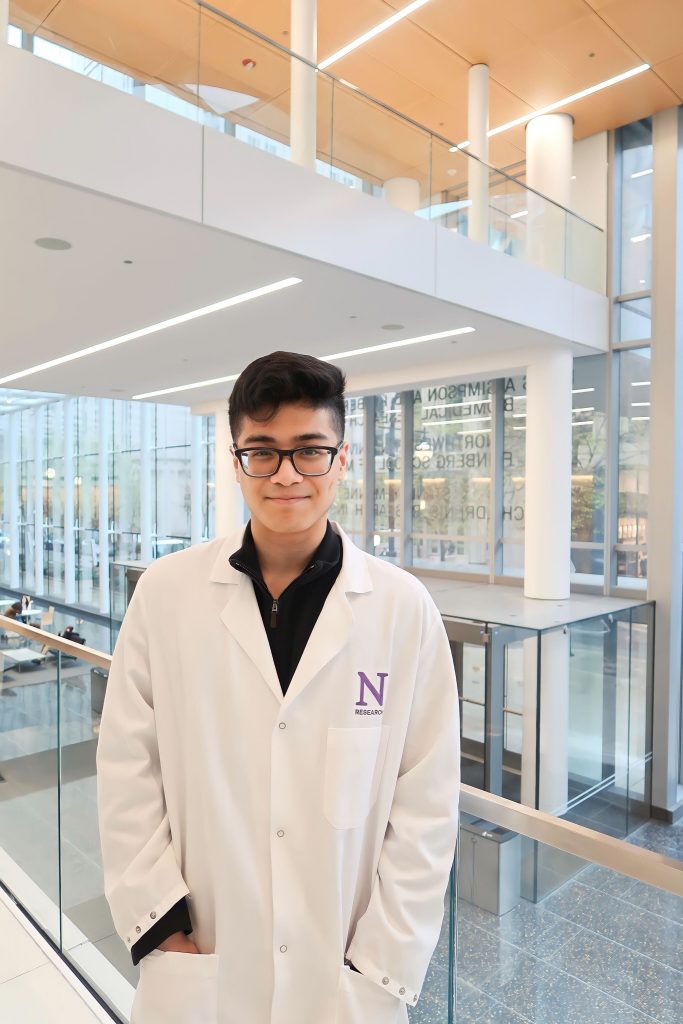 Raphael L. Tinio Raphael L. TinioUndergraduate Student RaphaelTinio2025@u.northwestern.edu Retinal Ganglion Cells (RGCs) are highly metabolically active neurons that demand a proportionate amount of energy to function. My research aims to better understand the relationship between glucose metabolism and the intrinsic properties of RGCs using electrophysiology techniques. Currently, I am employing inhibitory factors in combination with a glucose transporter knock-out mouse line to study the effects of glucose impairment on RGC spiking ability. |
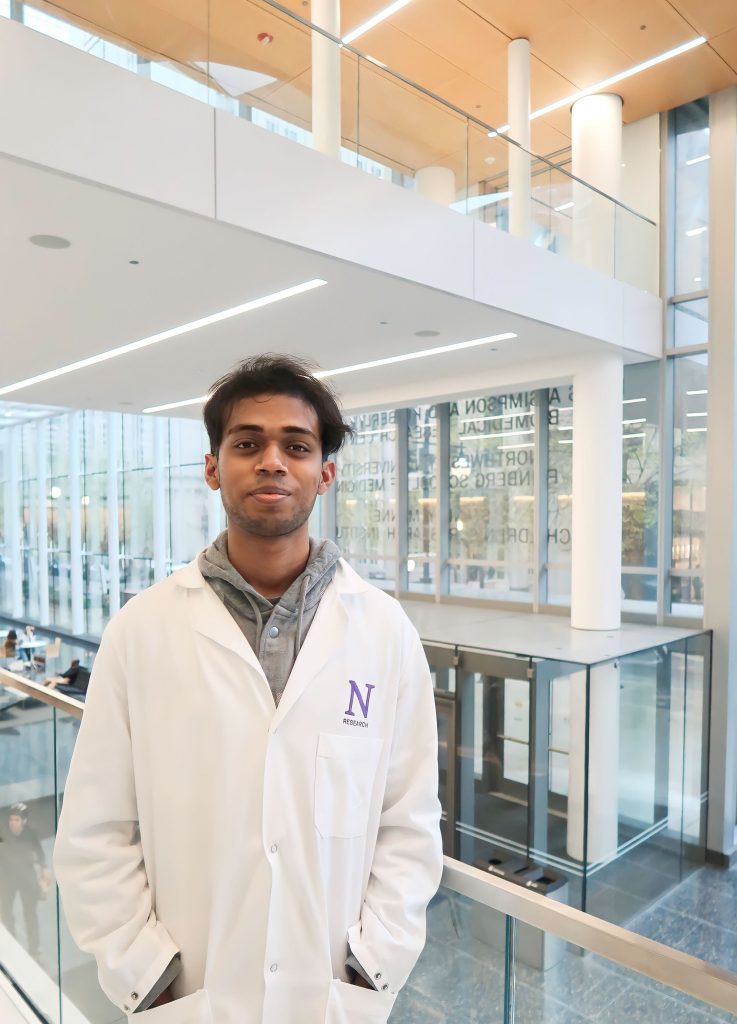 Kavin Suhirtharen Kavin SuhirtharenUndergraduate Student KavinSuhirtharen2026@u.northwestern.edu Exploring retinal projections to various retinorecipient regions of the brain is essential for understanding how these areas drive specific behaviors. I am interested in exploring this relationship within the medial amygdala, using various injection techniques to understand how signals travel through the optic tract. Thus, I hope to provide a biological explanation as to how amygdala-related behaviors such as fear and aggression manifest in part due to visual cues. |
Past members:
| Todd Appleby Masters Student Current position: Ph.D. Candidate, University of Washington, Manookin Lab |
| Dr. Adam Mani, Ph.D. Post-Doctoral Fellow Current position: Post-Doctoral Fellow, Brown University, Berson Lab adam_mani@brown.edu |
| Dr. Jason Jacoby, Ph.D. Post-Doctoral Fellow Current position: Systems Engineering Scientist, 3i (Intelligent Imaging Innovations), Denver,CO jasonjacoby@gmail.com |
| Dr. Amurta Nath, Ph.D. Graduate Student Current position: Post-Doctoral Fellow, NIH, Diamond Lab amurta2132@gmail.com |
| Dr. Jared Levine, Ph.D. Post-Doctoral Fellow Current position: Grant Proposal Writer, Laboratory of Neurogenetics of Language, Jarvis Lab Jared.Levine@rockefeller.edu |
| Dr. Jillian Goetz, Ph.D. Post-Doctoral Fellow goetzjillian@gmail.com |
| Dr. Sam Cooler, Ph.D. Graduate Student Current position: Post-Doctoral Fellow, Stanford University, Chichilnisky Lab scooler@gmail.com |
| Alec Lei Technician Current position: NUIN PhD student |
| Kayla Woodard Technician Current position: Medical technician, Rush University, Chicago |
| Kortney Dziedzic Technician Current position: Veterinary Student, University of Minnesota, Minnesota dzied018@umn.edu |
| Dr. Sophia Wienbar, Ph.D. Graduate Student Current position: Post-Doctoral Fellow, Harvard University, Do Lab |
| Dr. David Swygart, Ph.D. Graduate Student Current position: Post-Doctoral Fellow, IUPUI, Lapish Lab |
